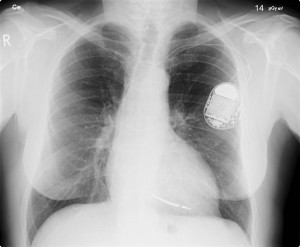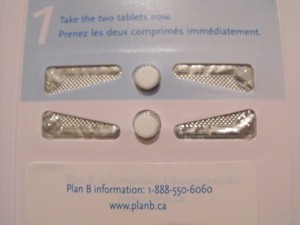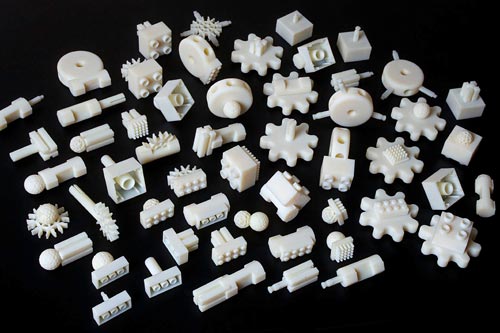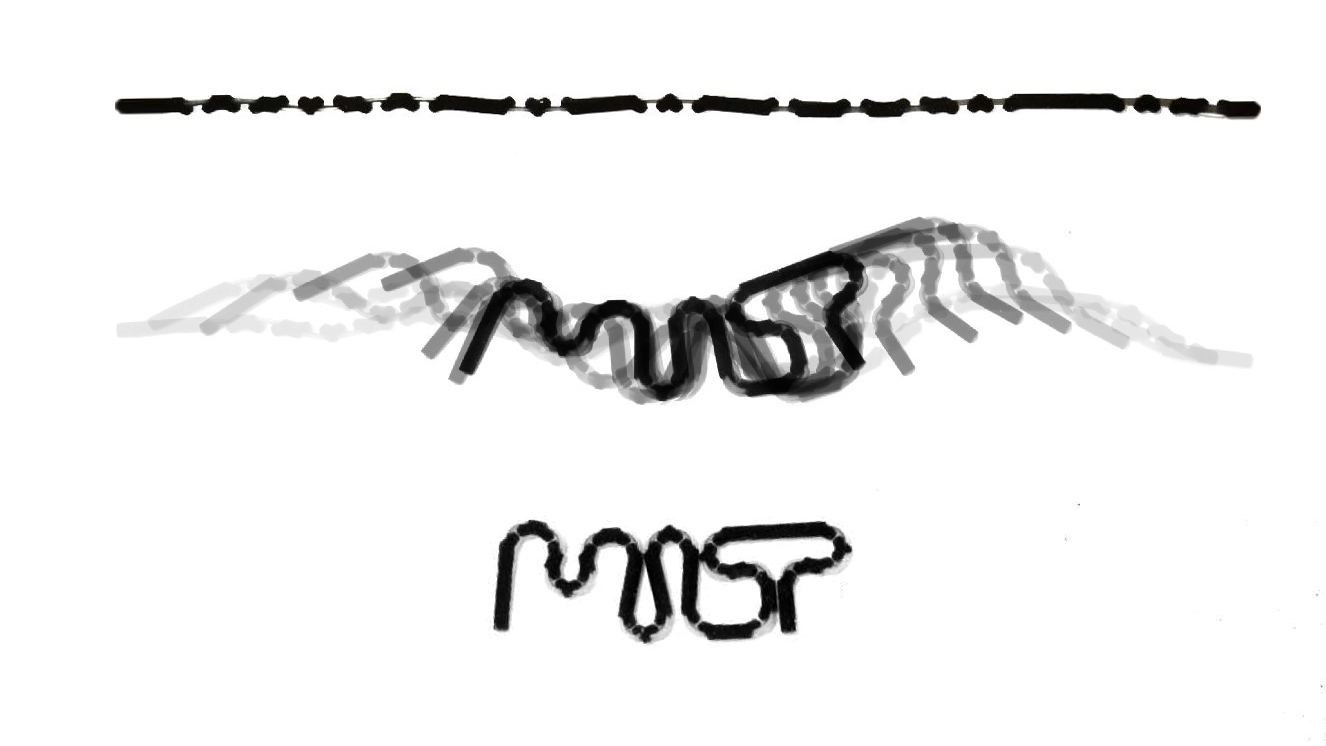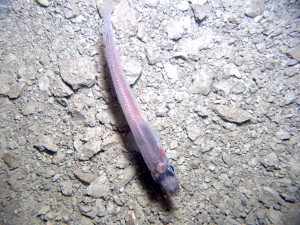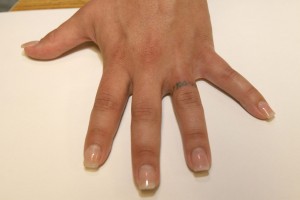One of the hottest topics in computer science these days is the risk of artificial intelligence. Some people think it poses great risk to human beings and will destroy the world, other believe it will greatly improve the quality of life of everyone. In this article I will discuss what are the potential risks and benefits of artificial intelligence.
Stephen Hawking, one of the most well known scientists in the world, recently said in a BBC interview that “The development of full artificial intelligence could spell the end of the human race.” He believes that the natural evolution of human race is not fast enough to complete with the improvement of computer intelligent, especially once computer learns how to redesign itself. In this rate sooner or later computer is going to take over.
Elon Musk, one of the most well known inventor in the world, also warned about artificial intelligence. He said in a recent interview at MIT that AI is “the most serious threat to the survival of the human race.” He urged governments of different countries to provide regulatory oversight to make sure AI won’t be used foolishly. He also donated $10 millions dollars to the Future of Life Institute to research how to keep AI friendly to human.
Quantitatively, how high is the chance for a super intelligence to destroy human? According to a research called Global catastrophic risks survey by the Future of Humanity Institute, there is a 5% chance of human extinction by 2100 by the hand of AI, the highest of any category. According to another survey by Microsoft Academic Search, the median year by which machines can carry out most human professions as least as well as human with 10% confidence is 2024, and with 90% confidence is 2070.
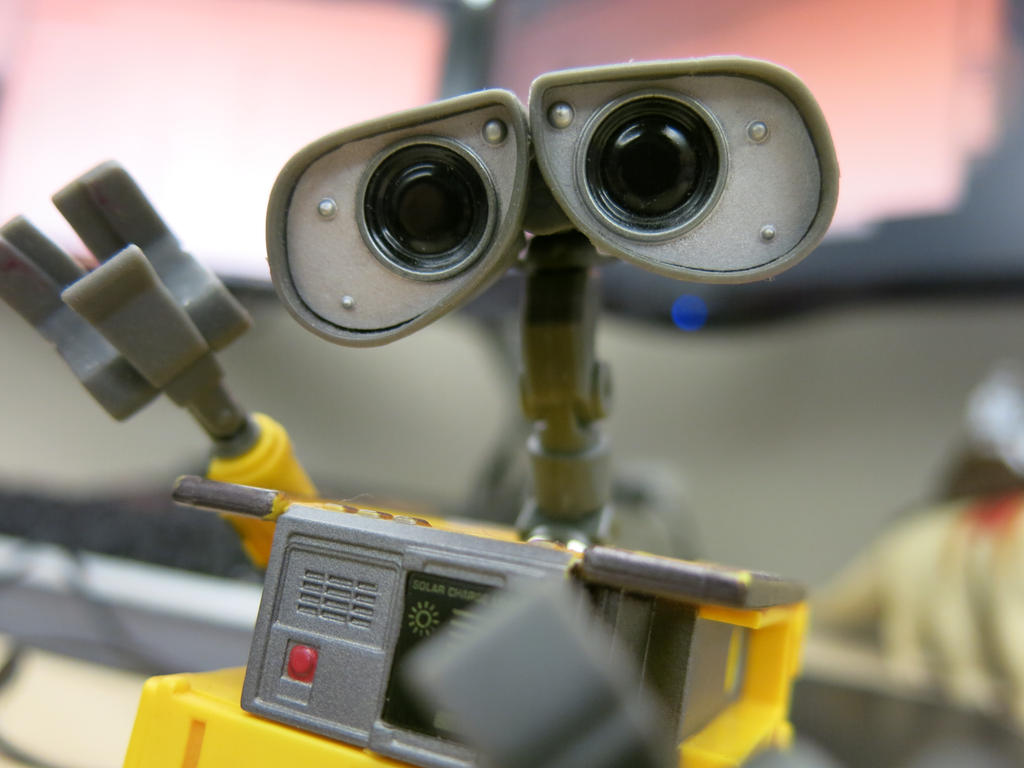
Source: Deviantart
So should we all work to shut down AI research for the humanity? Not necessary. Because even if computer become superior to human, there is no reason now to believe that it will be hostile to human. May be it will be neutral to us and do their own thing, or may be they will be friendly to us and do all of our work like in the movie WALL-E. We just don’t know the answer now. But what we know is that there are some more urgent matter for human to deal with, such as pollution, nuclear weapons, global warming, and diseases like Ebola. AI should not pose a treat to humanity at anytime soon.
By: Yiu Leung Wong

